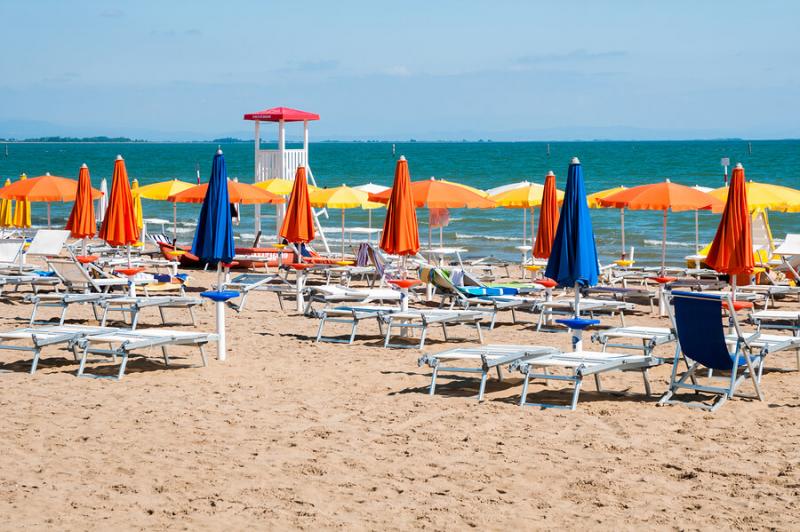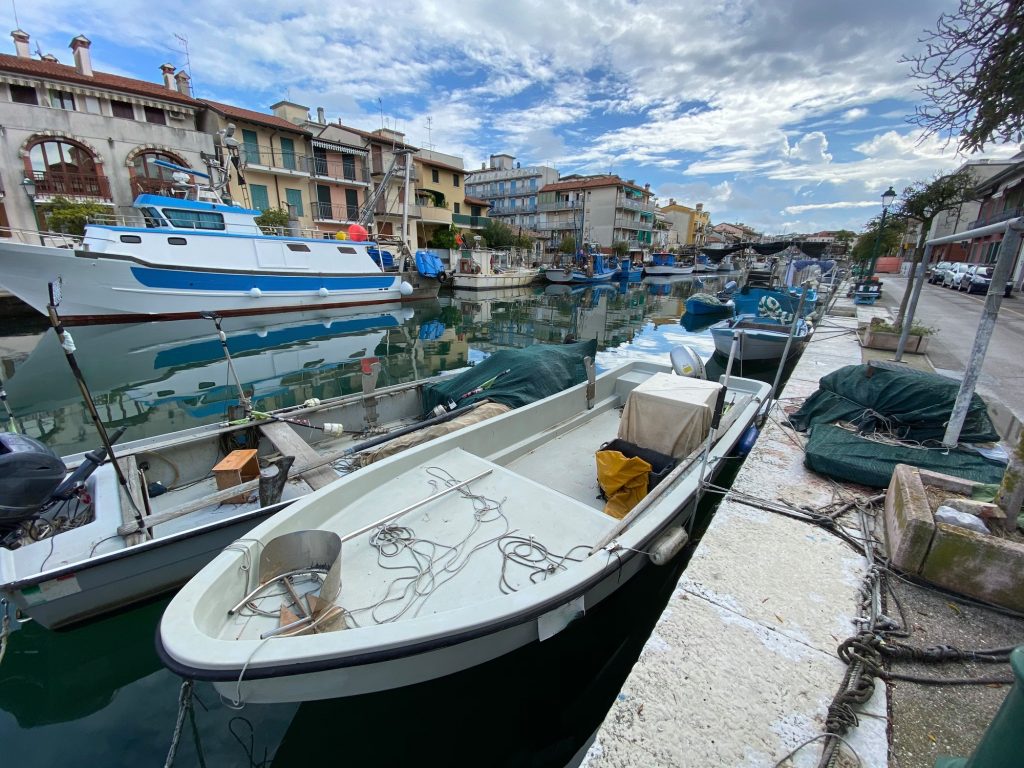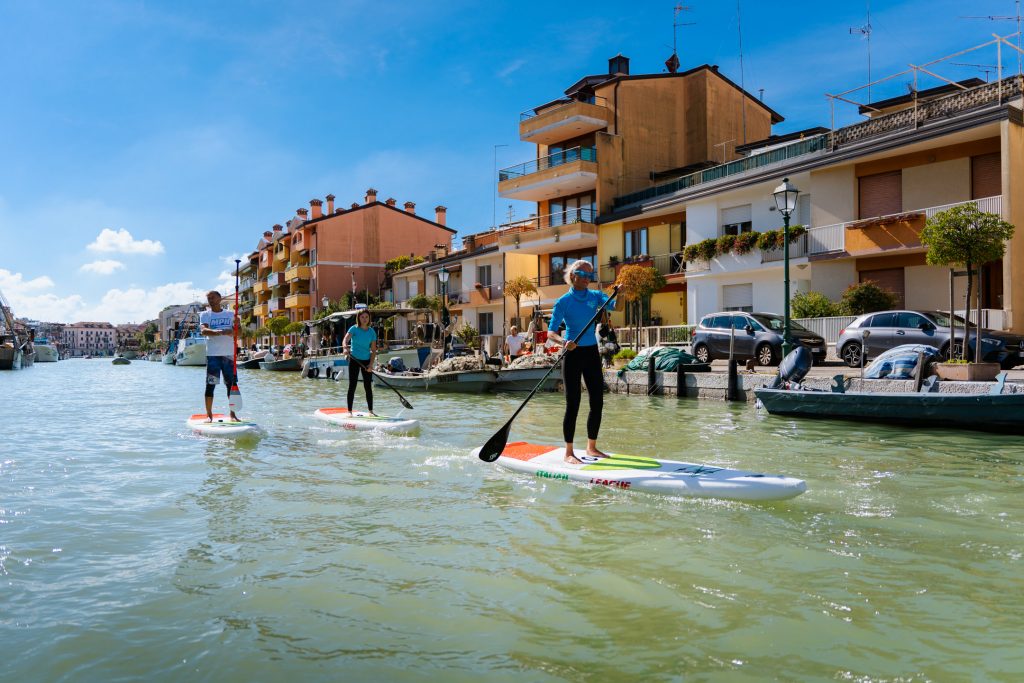by InTrieste
Summer always brings about dreams of weekend (or weekday) getaways from Trieste, and the urge has never been stronger since the heat has finally subsided. But the age-old question remains: where should we go?

Lignano Sabbiadoro
Easily reachable from Trieste, Lignano Sabbiadoro boasts 8 km of sandy beach and tranquil waters, which for years now have received the coveted Blue Flag award, recognizing high environmental and quality standards.
Made up of three smaller resorts, the area includes Lignano Sabbiadoro, where restaurants, bars and shops are concentrated; Lignano Pineta, with elegant avenues and shaded gardens; Lignano Riviera, the most relaxing spot, with lots of greenery including the ubiquitous maritime pine.
There are plenty of activities to keep you and your children (if you have little ones in tow) entertained: from sailing and windsurfing to beach volleyball, horse-riding and golfing, from fun theme parks to children’s play areas with guided activities. You could also rent a bike and explore the lovely pine grove behind the beach as well as the lagoon; or visit the zoo, with more than 1500 animals.

Grado
Grado is a popular summer destination, thanks to its lagoon, which extends over 90 square kilometers and includes two natural reserves to protect the area’s biodiversity.
Sandy beaches, clean and calm waters, and several entertainment activities make Grado an ideal family destination. Grado has been awarded the prestigious eco-label ‘Blue Flag’ for 27 straight years.
Grado has a very nice, pedestrian-only center, which comes alive at night with locals (and tourists in the high season) thanks to the many bars and restaurants where to enjoy the local wines and a seafood-based meal.
A fun way to explore the Grado lagoon is by going on a boat excursion. For example, you can visit the Barbana Sanctuary, located on a small island, where the original church dates from the 6thcentury.

Aquileia
Reachable by train + bus from Trieste, Aquileia was one of the largest and wealthiest cities of the early Roman Empire, with 100,000 inhabitants in the 2nd century AD. Founded in 180/181 BC by the Romans along the Natiso river, about 10 kilometers from the Adriatic sea, Aquileia originally served as a military outpost and was intended to protect the Veneti, faithful allies of Rome, against the Barbarians. Through the decades, it became increasingly important as a trade center thanks to its large river port and its strategic position, well connected to other Roman cities. From the Middle Ages to the 18th century, Aquileia was a hub for the Christian world of Central Europe as it was made seat of the Ecumenical Patriarchate.
Visiting the site, you can see the Forum (heart of public life), the Basilica (Roman government building), the macellum (indoor produce market), the circus (racing arena), the baths, the Mausoleum, residential complexes, defensive walls, the Sepolcreto Romano, the amphitheater, the ruins on the river port.
The most important building within the site is the Patriarchal Basilica, the symbol of Aquileia, completed in 1301, built over the ruins of a 4th century BC religious complex destroyed by the Barbarians. The interior is particularly noteworthy for its 4th century mosaic floor depicting scenes from the Old Testament, which was not discovered until the beginning of the 1900s.





























